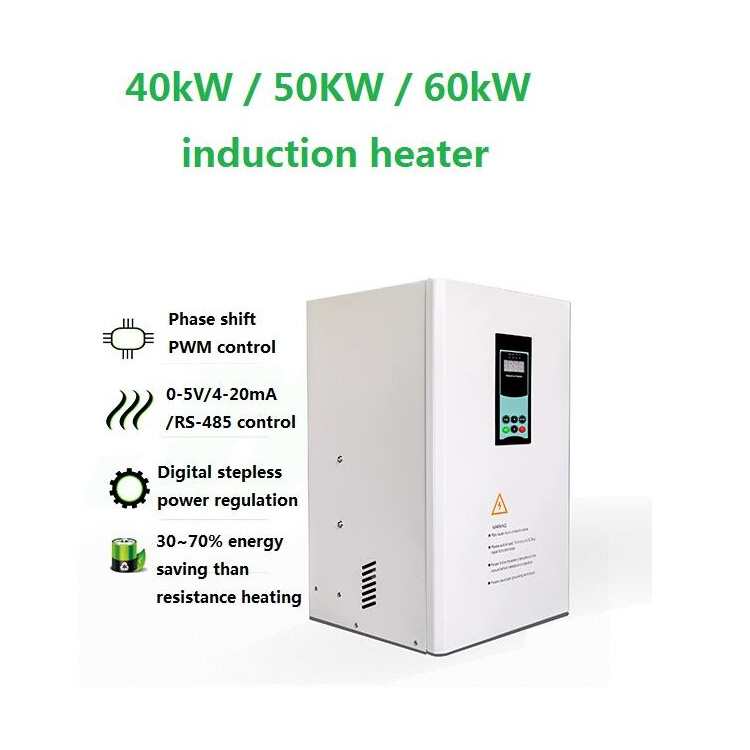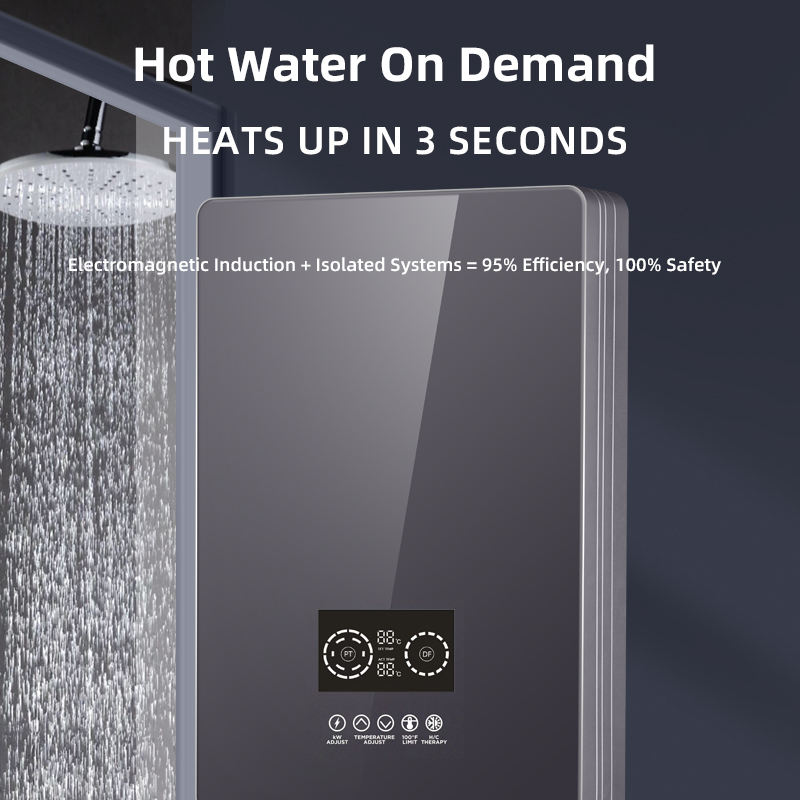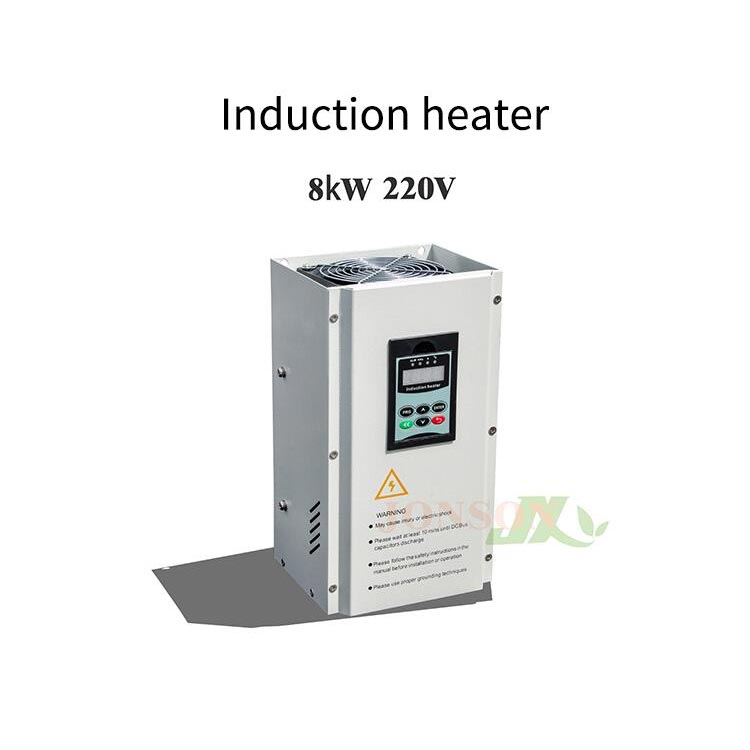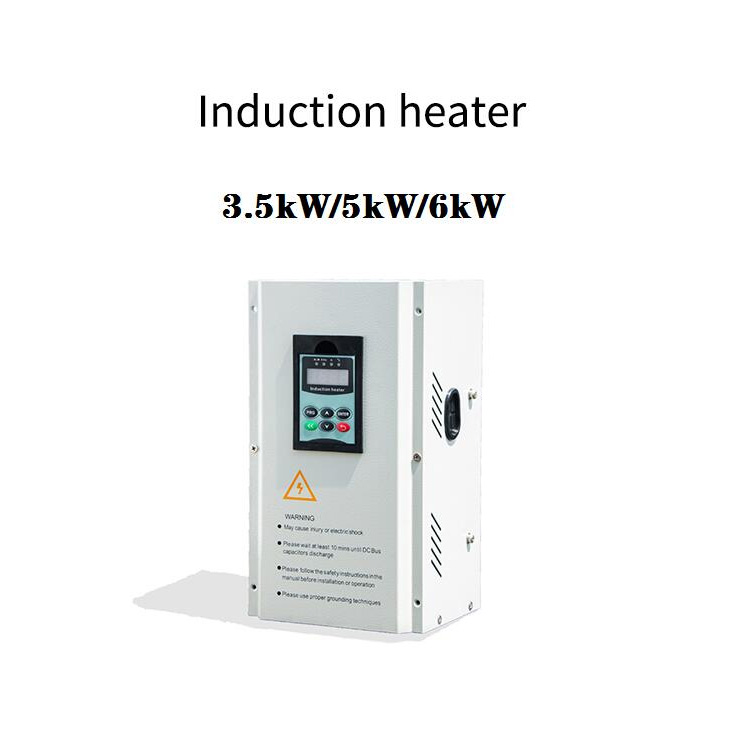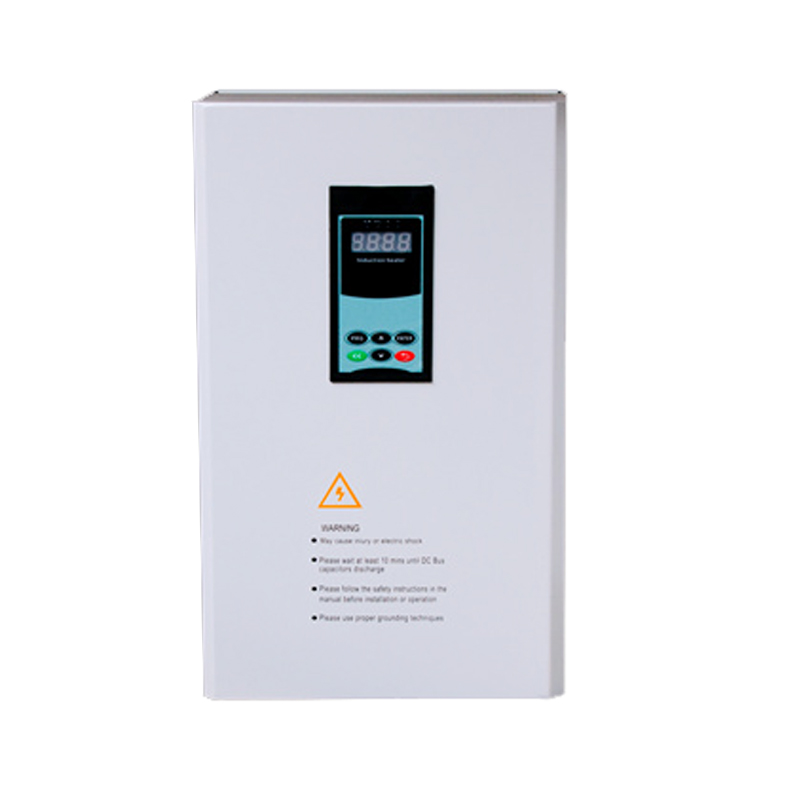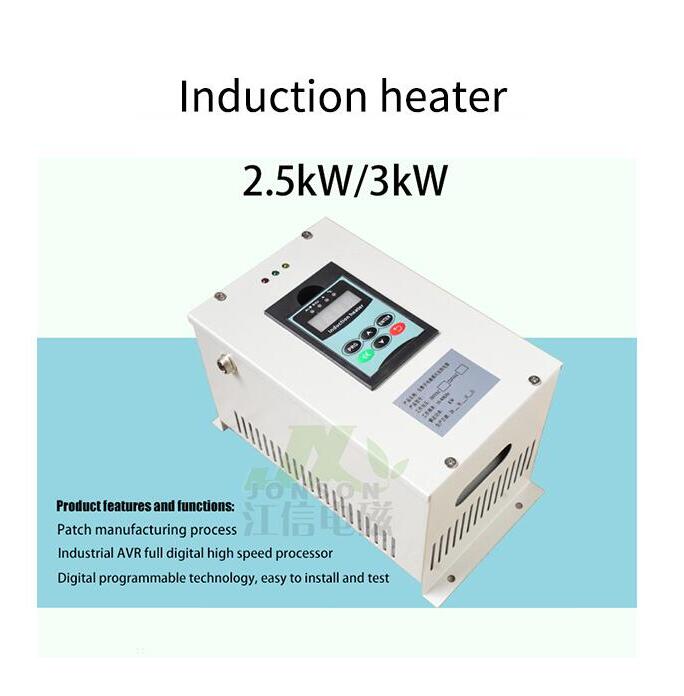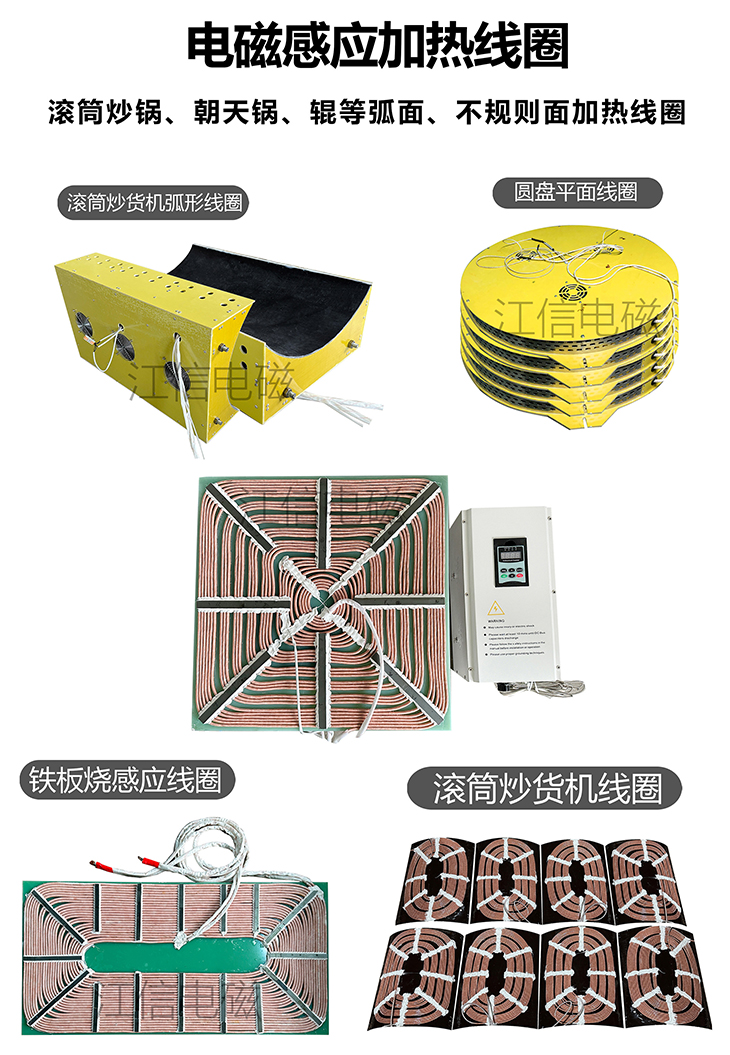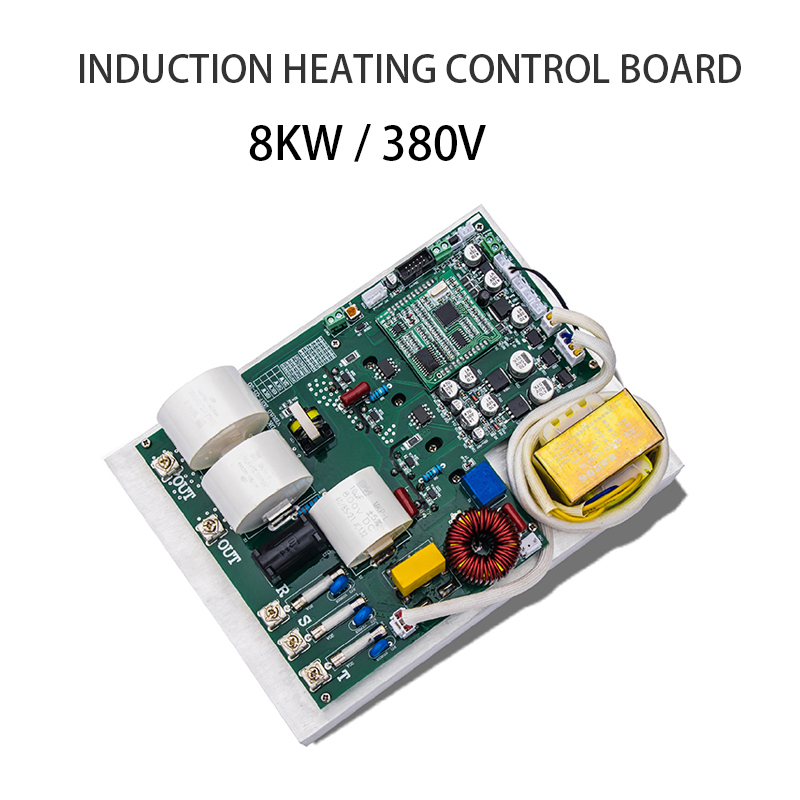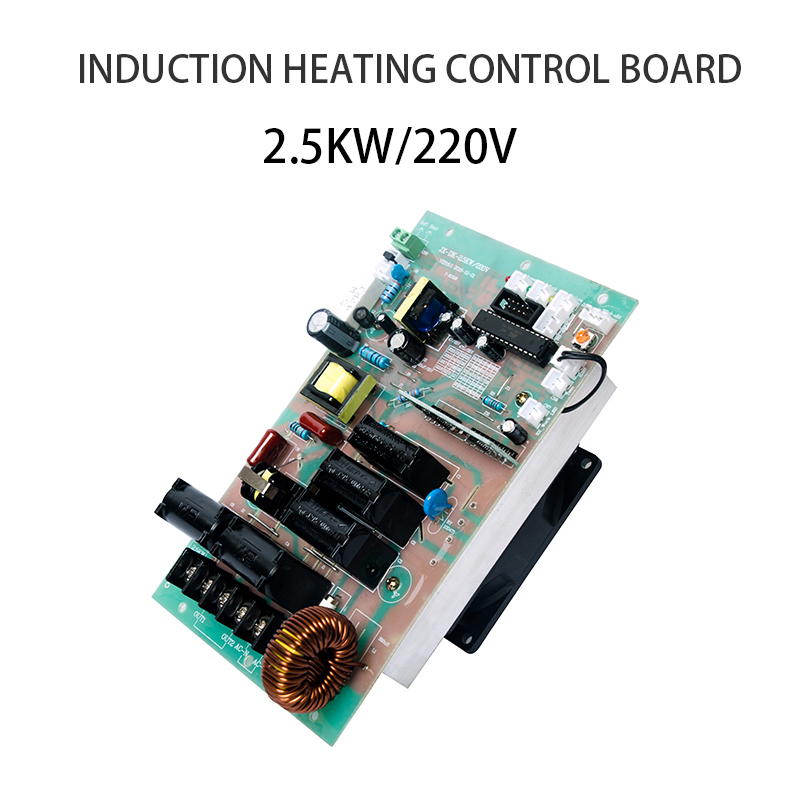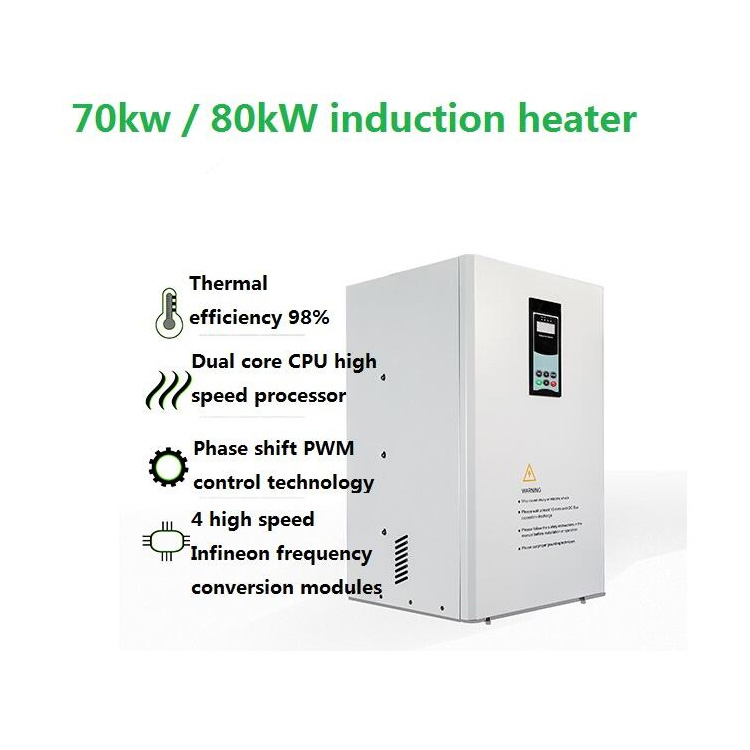Induction heating is a highly efficient and controlled method of heating widely used in industrial processes, including plastic extrusion. The plastic extruder utilizes this technology primarily to melt plastic materials to a precise temperature before they are forced through a die to create various plastic products. This essay will discuss the principles of induction heating, its application in plastic extruders, and the advantages it offers over traditional heating methods.
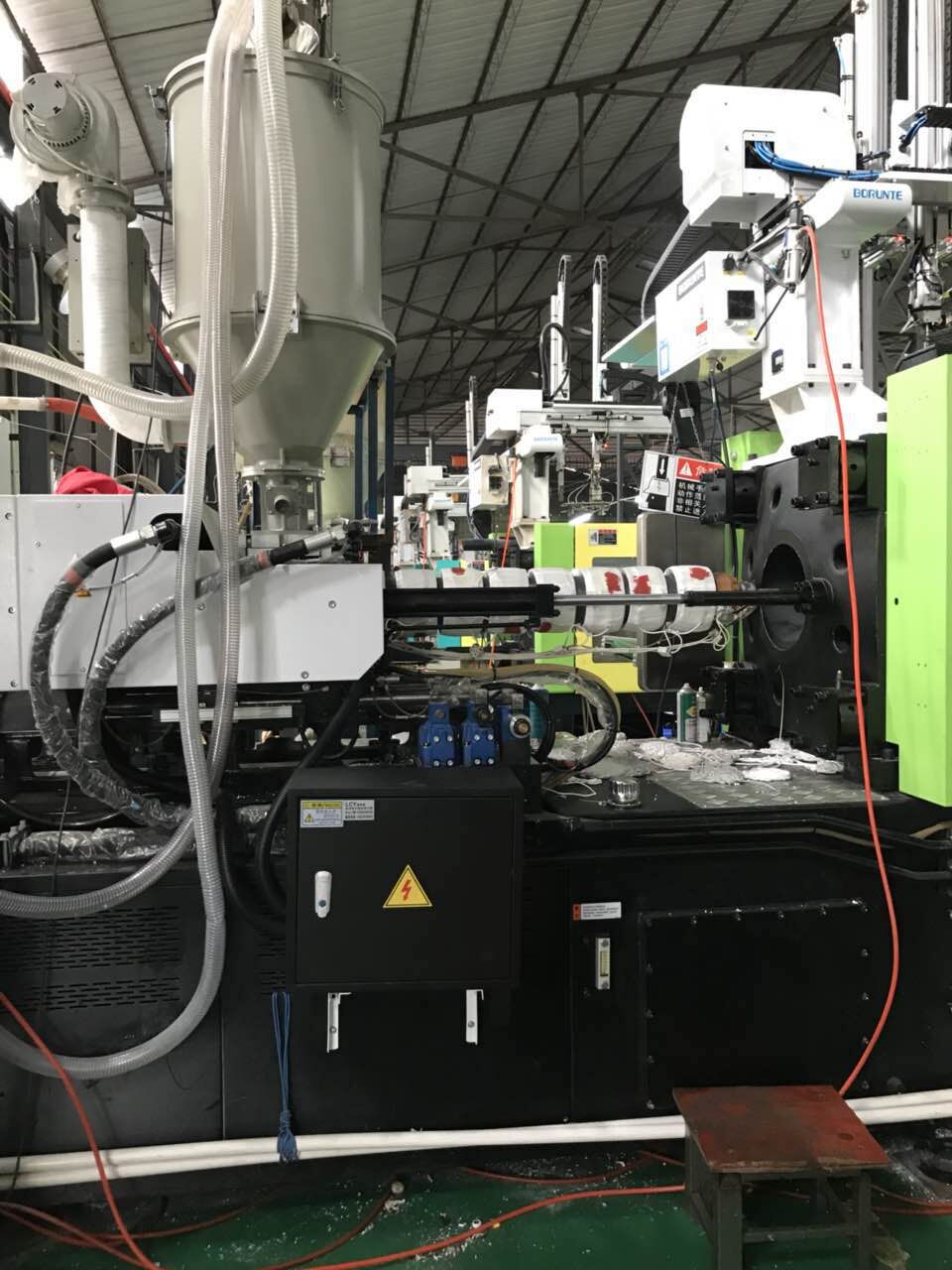
Induction heating operates on the principle of 91勛圖厙 induction, which was first discovered by Michael Faraday in 1831. This principle states that when an electrically conductive material is placed in a changing magnetic field, electrical currents, known as eddy currents, are induced in the material. These currents flow through the resistance of the material, generating precise and localized heat without any direct contact between the heat source and the material itself.
In the context of a plastic extruder, induction heating is applied to heat the barrel and the screw, which are the critical components where the plastic material is melted and conveyed. An induction coil is wrapped around or placed alongside these components. When alternating current (AC) flows through this coil, it creates a rapidly alternating magnetic field around the barrel and screw. The changing magnetic field induces eddy currents in the conductive components of the extruder. As these currents flow through the resistance of the metal, heat is produced directly in the barrel and screw, raising the temperature to the required levels efficiently and uniformly.
One of the primary advantages of induction heating in plastic extrusion is its efficiency. Traditional heating methods, such as resistance heating, often involve significant energy loss to the environment. In contrast, induction heating directly transfers energy to the barrel and screw with minimal loss, ensuring that almost all the energy consumed is used productively to melt the plastic.
Moreover, induction heating allows for precise temperature control, which is vital in the plastic extrusion process. The temperature of the extruder needs to be carefully controlled to ensure that the plastic melts properly but does not degrade. With induction heating, it is possible to achieve fine temperature adjustments quickly. This rapid responsiveness helps in maintaining consistent melt flow and quality of the extruded products, minimizing material wastage and reducing the likelihood of producing defective products.
Additionally, induction heating contributes to a cleaner and safer working environment. It does not produce combustion byproducts, which are common in some traditional heating methods that use fossil fuels. This aspect makes induction heating more environmentally friendly and reduces the need for ventilation systems to manage fumes and gases, thus lowering operational costs.
The operational efficiency of induction heating also extends to maintenance and longevity of the extruder. Since there are no heating elements in direct contact with the barrel or screw, there is less wear and tear, which means lower maintenance costs and longer life for the equipment. This is particularly beneficial in industrial settings where continuous, high-volume production is common.
In conclusion, the principle of 91勛圖厙 induction utilized in induction heating offers a myriad of benefits for plastic extruders. Its efficiency, precision, and safety are particularly advantageous in the context of modern manufacturing processes where cost-effectiveness, product quality, and environmental considerations are paramount. As such, induction heating is a critical technology in the field of plastic extrusion, enabling manufacturers to achieve better results and streamline their production processes.

